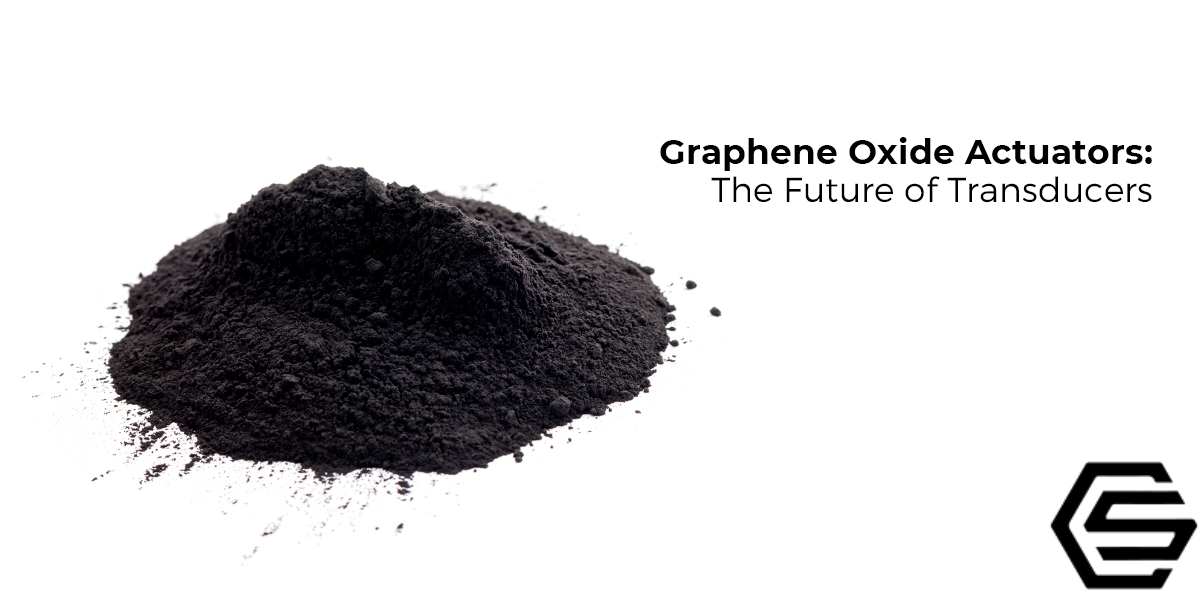Working Principle of Graphene Oxide Actuators
Graphene oxide actuators operate based on the ability of graphene oxide, a two-dimensional carbon material with oxygen functional groups, to absorb and release water molecules in response to changes in humidity or temperature. This absorption and release cause the material to swell and shrink, leading to mechanical deformation that can be controlled. By adjusting environmental conditions, such as humidity levels, these actuators can generate controlled motion, making them suitable for micro- and nano-scale devices like micro-robots and sensors. Researchers are exploring their potential in various applications due to their precise and responsive movement capabilities.
Structural Characterization of the Graphene Oxide Actuators
Structural characterization of graphene oxide actuators involves using various analytical techniques to understand their composition, morphology, and properties. Techniques such as scanning and transmission electron microscopy, X-ray diffraction, Raman spectroscopy, X-ray photoelectron spectroscopy, atomic force microscopy, Fourier transform infrared spectroscopy, and thermal analysis are commonly employed. These methods help researchers investigate the layered structure, chemical composition, defects, and response to environmental changes of graphene oxide actuators. This comprehensive characterization is crucial for tailoring and optimizing their performance in specific applications.
Fabrication of the Graphene Oxide Actuator
The fabrication of graphene oxide actuators involves several steps to create the functional material and assemble it into an actuator device. Here's a general overview of the fabrication process:
Graphene Oxide Synthesis:
Start by synthesizing graphene oxide. This can be achieved through the oxidation of graphite using strong oxidizing agents such as sulfuric acid and potassium permanganate. This process introduces oxygen functional groups onto the graphene sheets.
Isolation and Purification:
After the synthesis, the graphene oxide is typically dispersed in a solvent to form a stable suspension. Ultrasonication or other mixing methods are often used to achieve good dispersion.The suspension may undergo purification steps, such as filtration or centrifugation, to remove residual impurities.
Coating or Deposition:
The graphene oxide suspension is then applied to a substrate. This can be done by methods like drop casting, spin coating, or dip coating.The choice of substrate depends on the desired application and can range from flexible polymer films to rigid substrates like silicon or glass.Drying and Annealing:
The coated substrate is allowed to dry to remove the solvent. This step is crucial to achieve a solid graphene oxide film.In some cases, annealing (heat treatment) may be performed to improve film adhesion and reduce defects.
Device Fabrication:
Depending on the intended actuator design, further processing steps may be necessary. For example, electrodes may be patterned or added to enable electrical actuation.The actuator structure may also incorporate other materials or components, such as polymers or hydrogels, to facilitate mechanical deformation.
Activation:
Graphene oxide actuators typically respond to changes in humidity or temperature. To activate the actuator, it is exposed to the relevant environmental conditions.
Characterization:
After fabrication, the actuator's properties and performance are characterized using techniques like scanning electron microscopy, X-ray diffraction, and Raman spectroscopy, as mentioned in the previous response.
Application-Specific Optimization:
Depending on the application, additional modifications and optimizations may be required to achieve the desired actuation behavior, such as controlling the degree of swelling and shrinking.

Figure 1: Fabrication of graphene based electrothermal cantilever actuator.
Advantages of Graphene Oxide Actuators
Graphene oxide actuators offer several advantages, including large deformation capabilities, rapid response to environmental changes, low operating voltage, biocompatibility, flexibility, tunable properties, suitability for miniaturization, environmental responsiveness, low cost, and versatility in various applications. These actuators have the potential to revolutionize fields like robotics, biomedical devices, and micro-electromechanical systems (MEMS) due to their unique properties and controllable actuation behavior. However, researchers continue to address challenges related to long-term stability and hysteresis to fully harness their potential.
Graphene oxide actuators offer several notable advantages that make them attractive for various applications:
Rapid Response: They exhibit fast response times to environmental stimuli, such as changes in humidity or temperature, enabling quick and precise actuation.
Large Deformation: Graphene oxide actuators can achieve significant mechanical deformation, making them suitable for applications requiring precise and controlled motion.
Biocompatibility: They are biocompatible, which means they can be safely used in biomedical devices and applications, including drug delivery and tissue engineering.
Low Operating Voltage: Some graphene oxide actuators can operate at low voltages, reducing power consumption and making them suitable for portable and low-power devices.
Flexibility: They can be integrated into flexible substrates and materials, enabling the development of conformable and wearable devices.
Tunable Properties: The properties of graphene oxide, such as the degree of oxidation and functional group density, can be adjusted to customize actuation behavior for specific applications.
Miniaturization: Graphene oxide actuators are well-suited for micro- and nano-scale applications, making them valuable in fields like MEMS, micro-robotics, and lab-on-a-chip devices.
Environmental Responsiveness: They can respond to changes in humidity and temperature, making them versatile for environmental monitoring and control systems.
Low Cost: The production of graphene oxide is relatively inexpensive compared to some other advanced materials, potentially reducing the cost of actuator fabrication.
Versatility: Graphene oxide actuators can be integrated into a wide range of systems, including sensors, micro-robots, biomedical devices, and more, due to their versatile and controllable actuation.



















